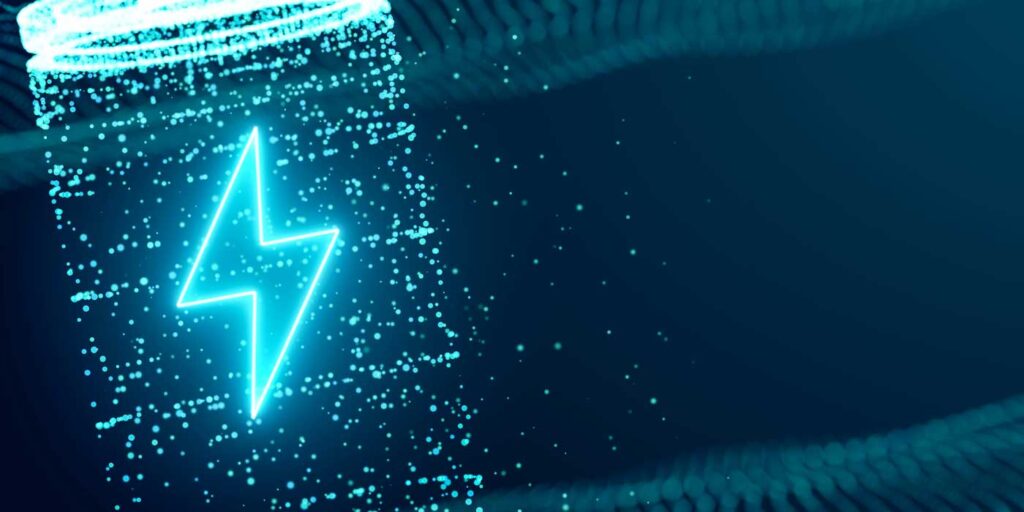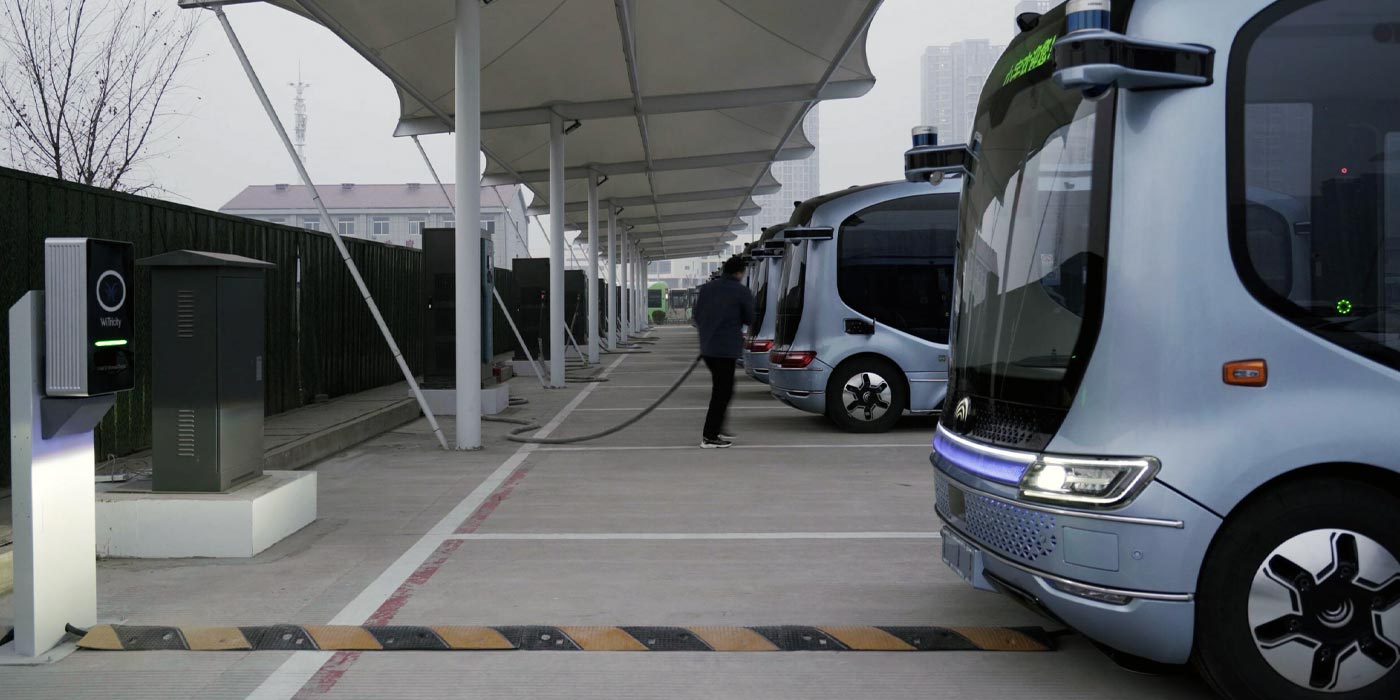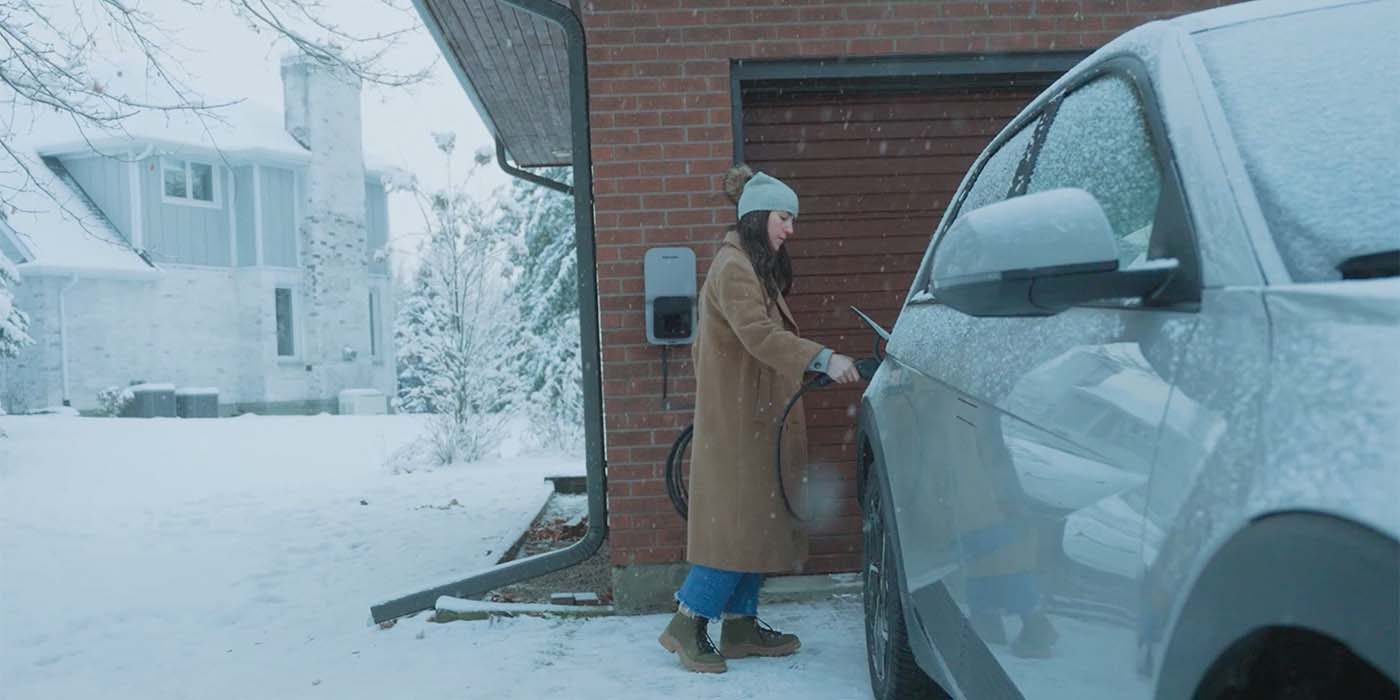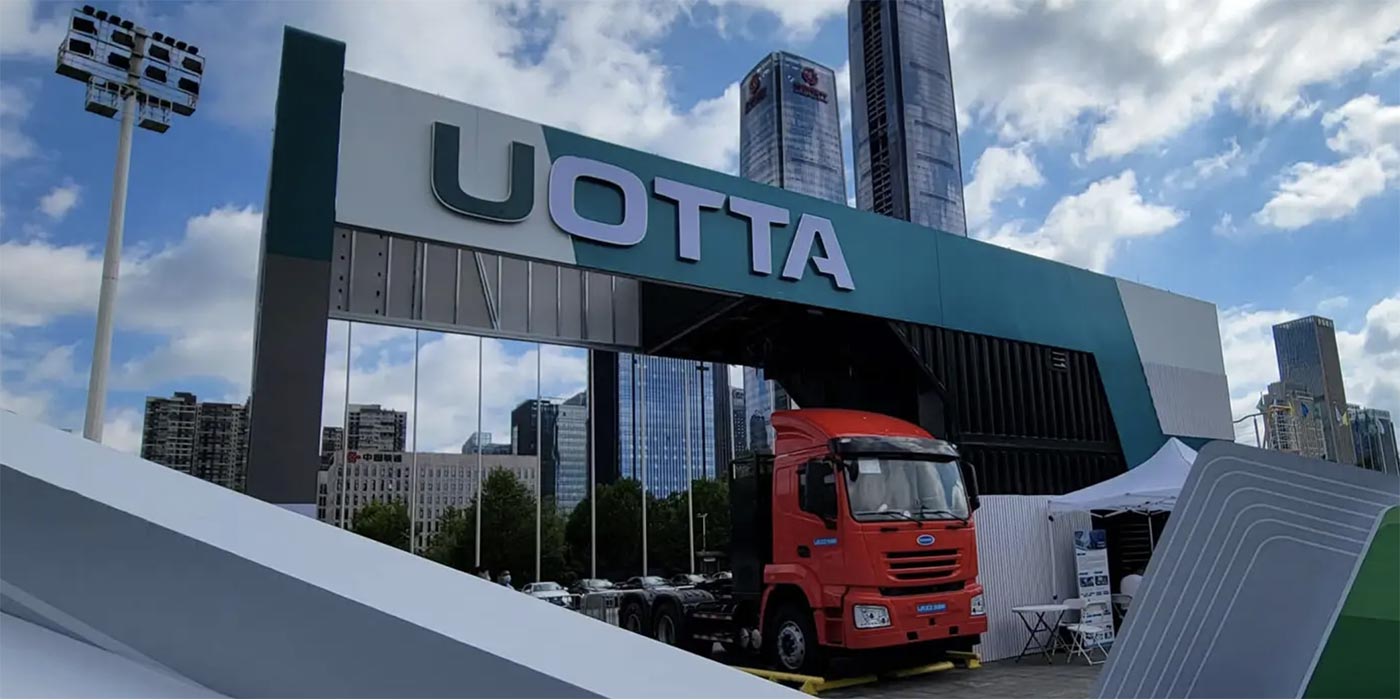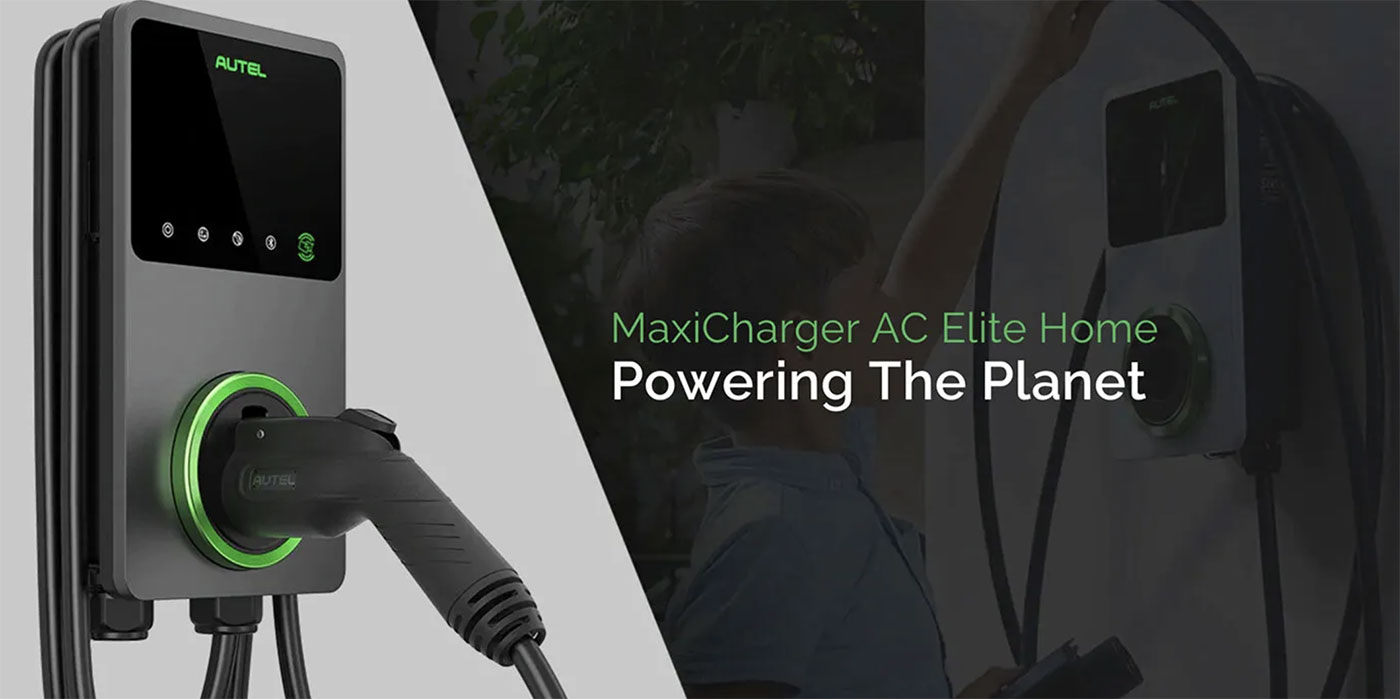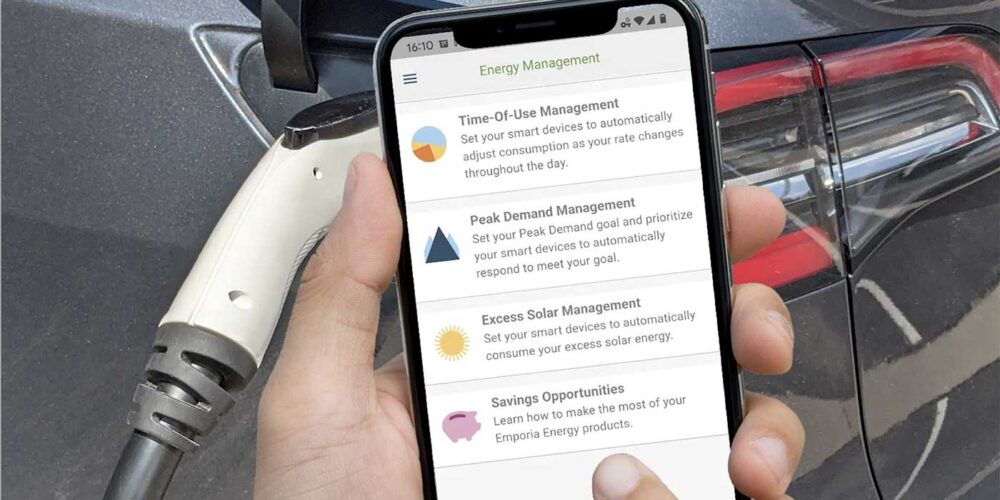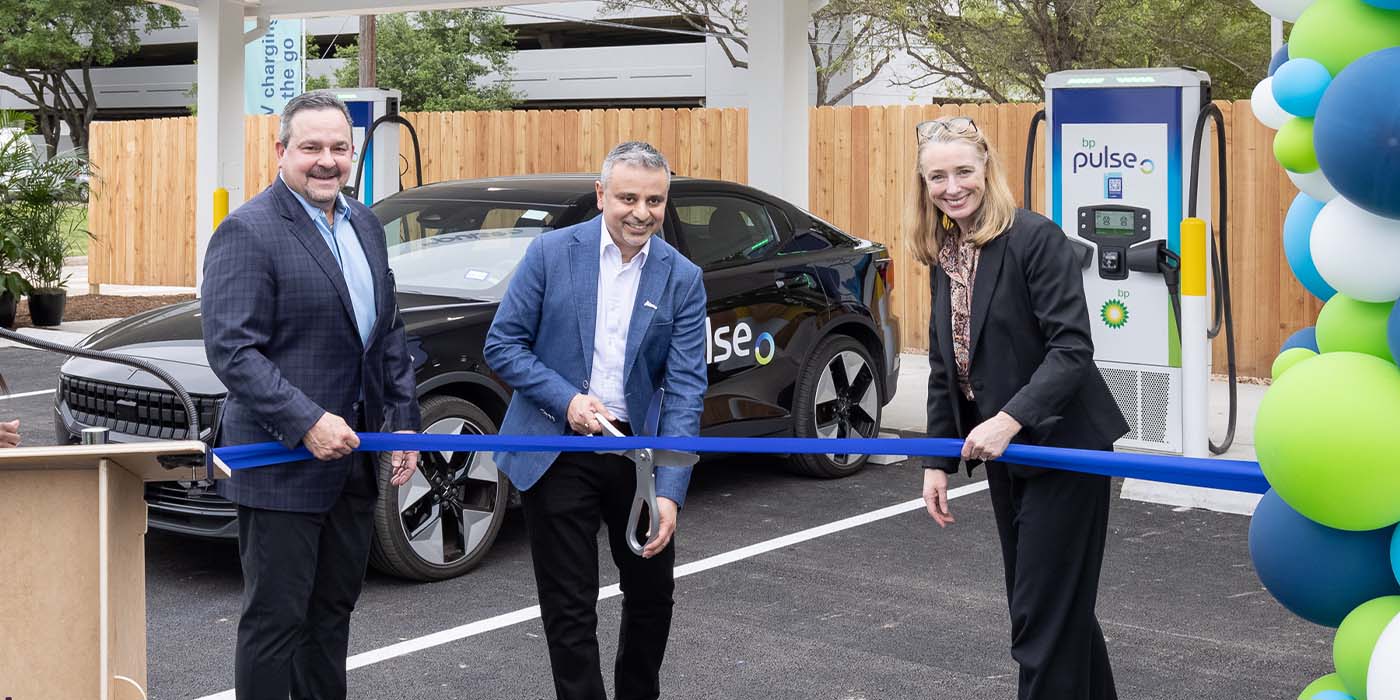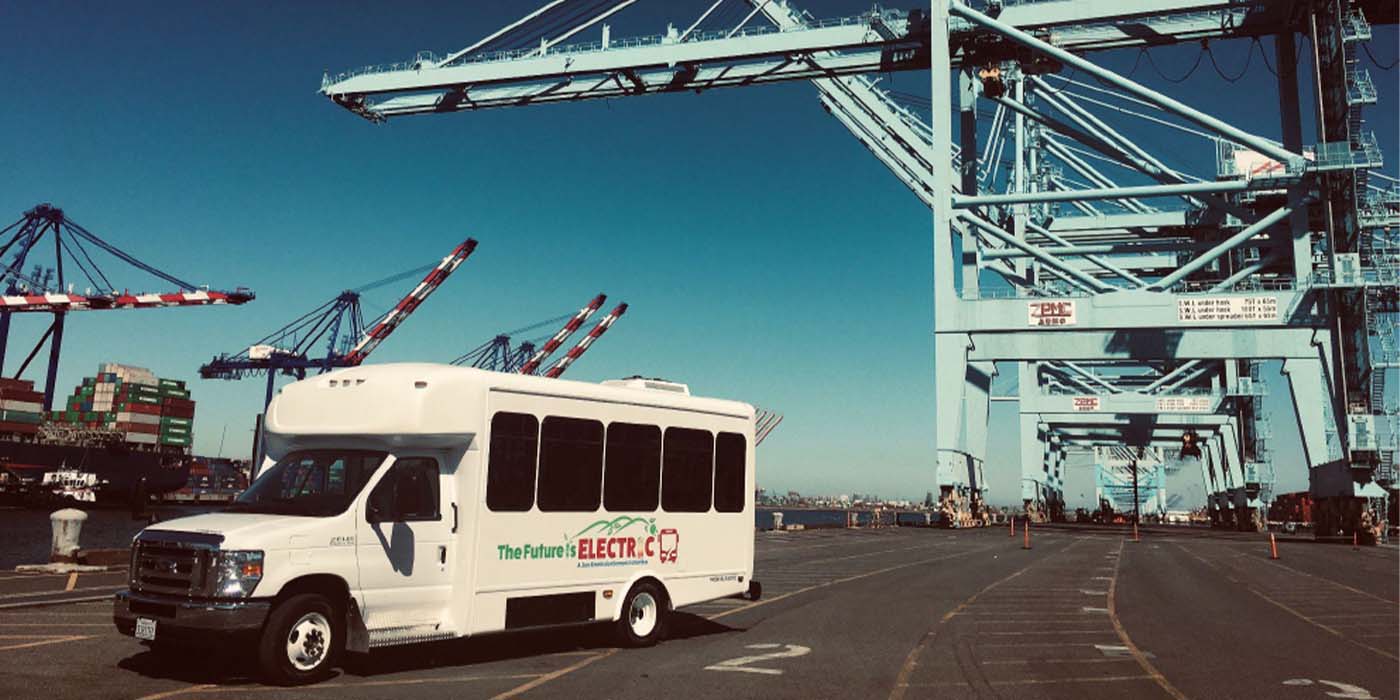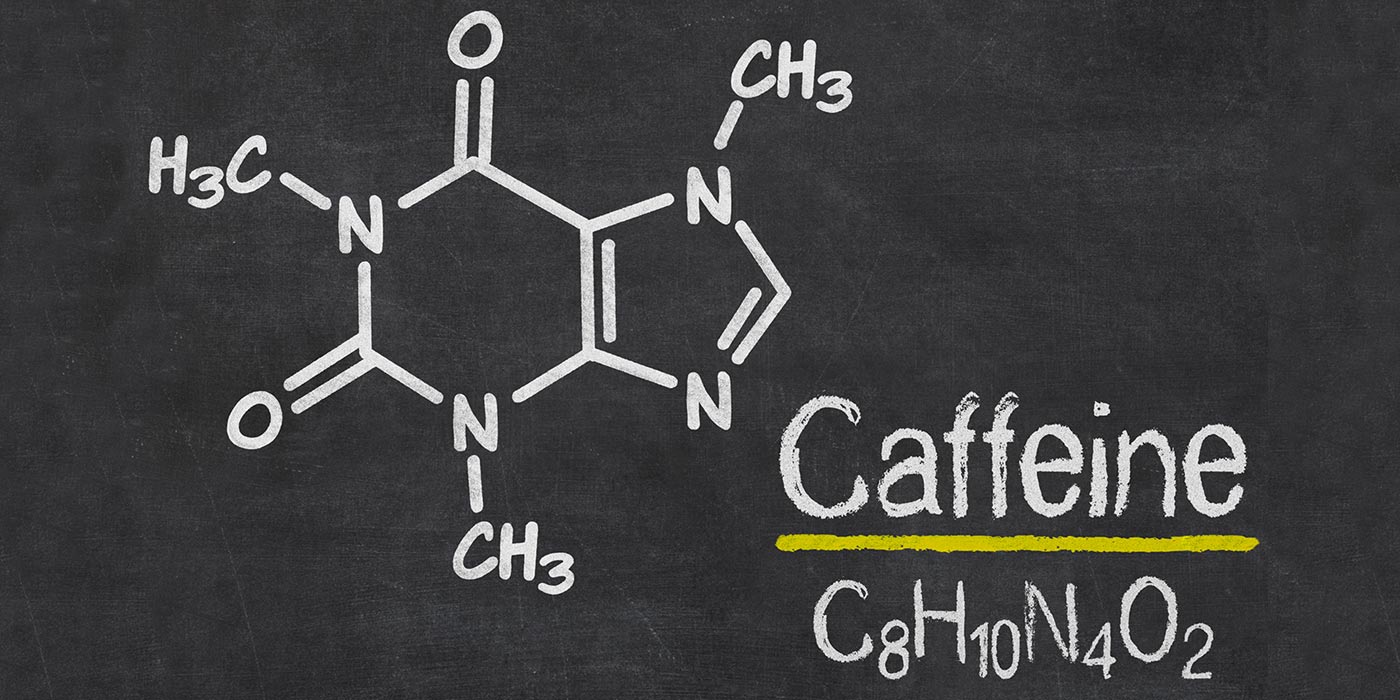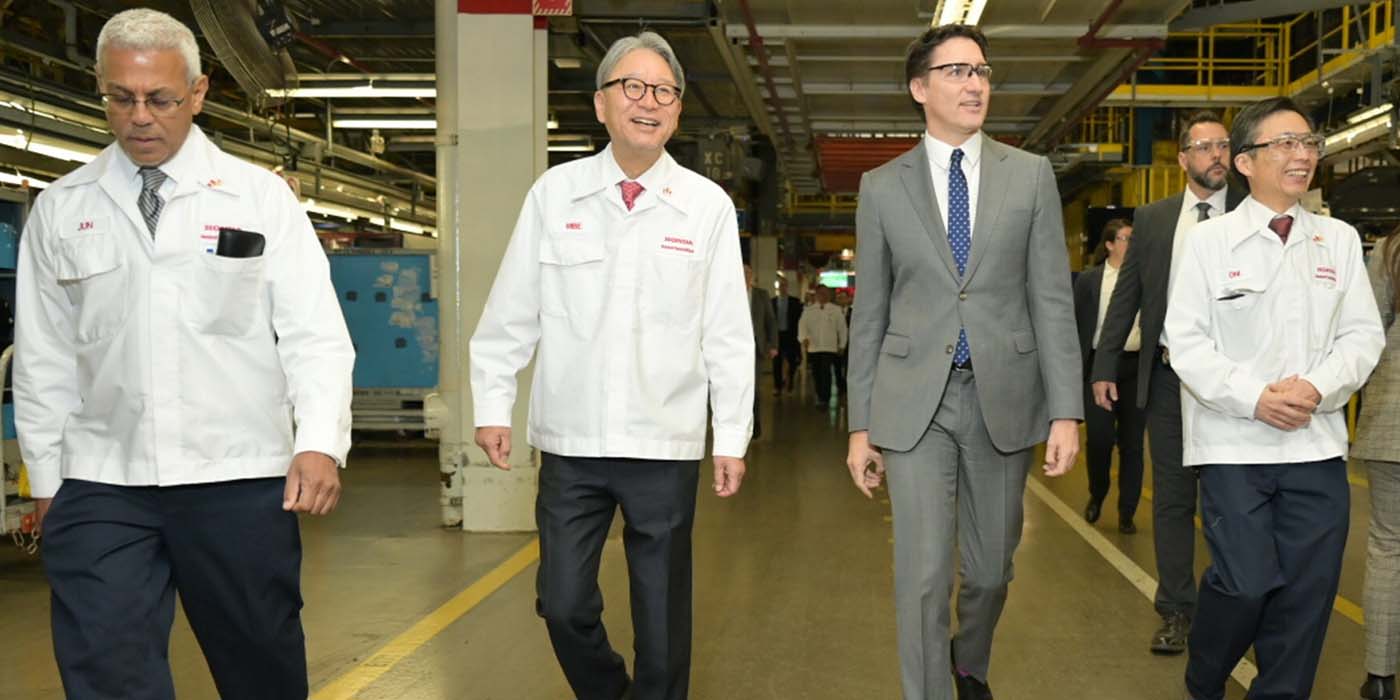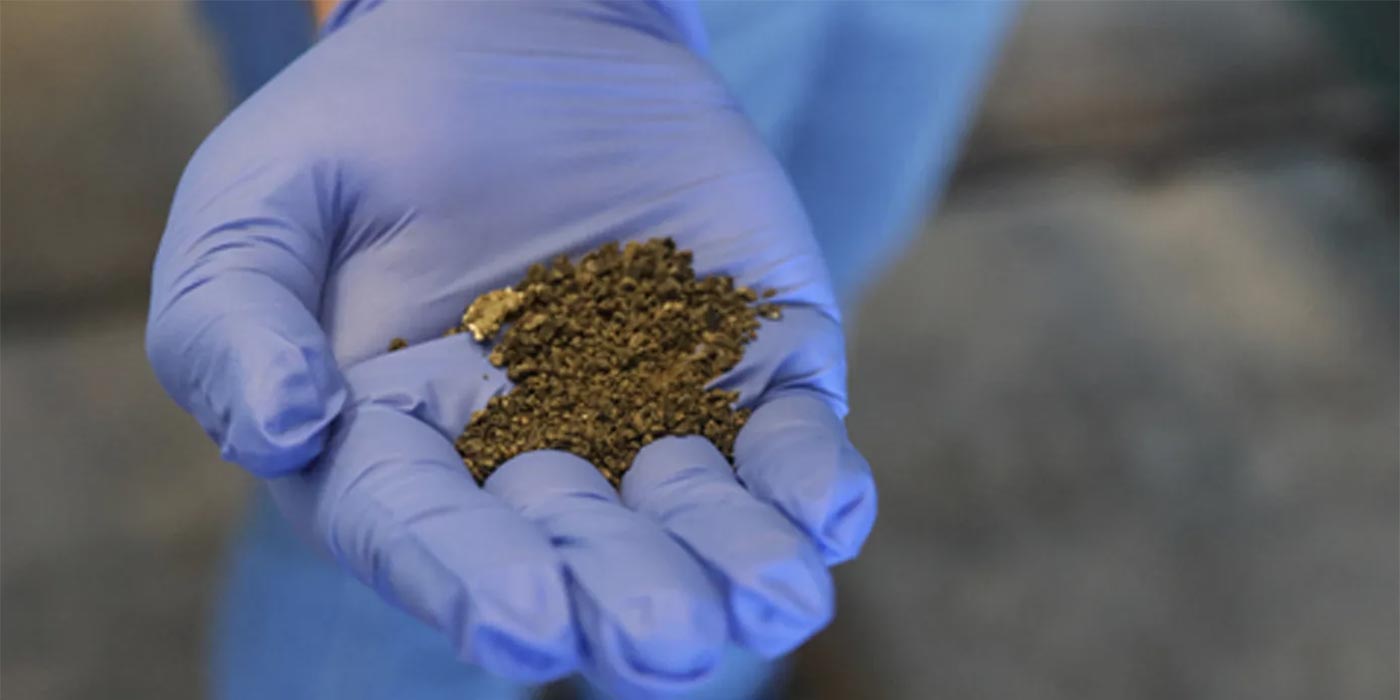University of Texas researchers say they have fabricated a new type of electrode for lithium-ion batteries that could unleash greater power and faster charging. The battery’s positively and negatively charged parts use magnets to create a unique alignment that sidesteps common problems associated with sizing up these critical components.
According to the researchers, the electrode could potentially facilitate twice the range on a single charge compared to batteries using an existing commercial electrode.
“Two-dimensional materials are commonly believed as a promising candidate for high-rate energy storage applications because it only needs to be several nanometers thick for rapid charge transport,” says Guihua Yu, a professor in UT Austin’s Walker Department of Mechanical Engineering and Texas Materials Institute. “However, for thick-electrode-design-based next-generation, high-energy batteries, the restacking of nanosheets as building blocks can cause significant bottlenecks in charge transport, leading to difficulty in achieving both high energy and fast charging.”
The researchers say the key is to use thin two-dimensional materials as the building blocks of the electrode, stacking them to create thickness and then using a magnetic field to manipulate their orientations. The research team uses commercially available magnets during the fabrication process to arrange the two-dimensional materials in a vertical alignment, creating a fast lane for ions to travel through the electrode.
“Our electrode shows superior electrochemical performance partially due to the high mechanical strength, high electrical conductivity, and facilitated lithium-ion transport thanks to the unique architecture we designed,” said Zhengyu Ju, a graduate student in Yu’s research group who is leading this project.
In addition to comparing their electrode with a commercial electrode, the researchers also fabricated a horizontally arranged electrode using the same materials for experimental control purposes. The researchers say they were able to recharge the vertical electrode to 50% energy level in 30 minutes, compared with 2 hours and 30 minutes with the horizontal electrode.
The researchers emphasize that they are early in their work, looking at just a single type of battery electrode in this research.
They aim to generalize their methodology of vertically organized electrode layers to apply it to different types of electrodes using other materials. They say this could enable future fast charging with electric vehicles.
The research team includes from The University of Texas at Austin: Yu, Ju, Xiao Xu, Xiao Zhang and Kasun U. Raigama; and from Stony Brook/Brookhaven National Laboratory: Steven T. King, Kenneth J. Takeuchi, Amy C. Marschilok, Lei Wang and Esther S. Takeuchi. The U.S. Department of Energy funded the research through the multi-institutional Energy Frontier Research Center, the Center for Mesoscale Transport Properties.

